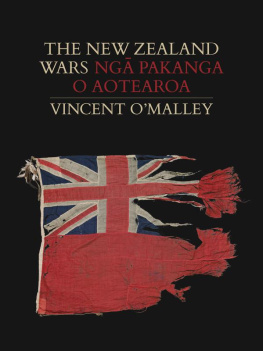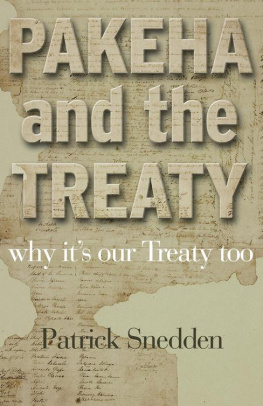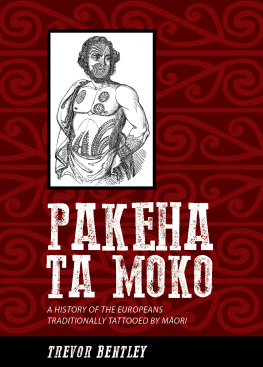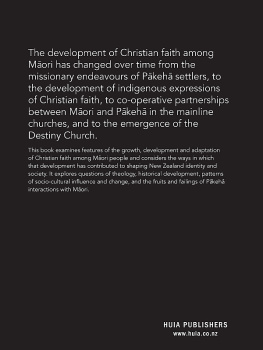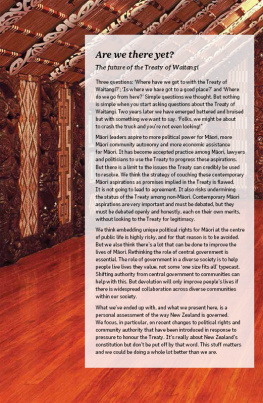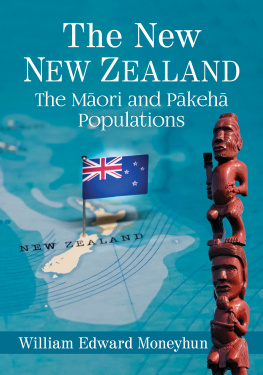Vincent OMalley - The Treaty of Waitangi Companion : Maori and Pakeha from Tasman to Today.
Here you can read online Vincent OMalley - The Treaty of Waitangi Companion : Maori and Pakeha from Tasman to Today. full text of the book (entire story) in english for free. Download pdf and epub, get meaning, cover and reviews about this ebook. City: Auckland, year: 2014, publisher: Auckland University Press, genre: Romance novel. Description of the work, (preface) as well as reviews are available. Best literature library LitArk.com created for fans of good reading and offers a wide selection of genres:
Romance novel
Science fiction
Adventure
Detective
Science
History
Home and family
Prose
Art
Politics
Computer
Non-fiction
Religion
Business
Children
Humor
Choose a favorite category and find really read worthwhile books. Enjoy immersion in the world of imagination, feel the emotions of the characters or learn something new for yourself, make an fascinating discovery.

- Book:The Treaty of Waitangi Companion : Maori and Pakeha from Tasman to Today.
- Author:
- Publisher:Auckland University Press
- Genre:
- Year:2014
- City:Auckland
- Rating:3 / 5
- Favourites:Add to favourites
- Your mark:
- 60
- 1
- 2
- 3
- 4
- 5
The Treaty of Waitangi Companion : Maori and Pakeha from Tasman to Today.: summary, description and annotation
We offer to read an annotation, description, summary or preface (depends on what the author of the book "The Treaty of Waitangi Companion : Maori and Pakeha from Tasman to Today." wrote himself). If you haven't found the necessary information about the book — write in the comments, we will try to find it.
The Treaty of Waitangi Companion : Maori and Pakeha from Tasman to Today. — read online for free the complete book (whole text) full work
Below is the text of the book, divided by pages. System saving the place of the last page read, allows you to conveniently read the book "The Treaty of Waitangi Companion : Maori and Pakeha from Tasman to Today." online for free, without having to search again every time where you left off. Put a bookmark, and you can go to the page where you finished reading at any time.
Font size:
Interval:
Bookmark:

This ebook edition 2013
University of Auckland
Private Bag 92019
Auckland 1142
New Zealand
www.press.auckland.ac.nz
Bruce Stirling and Wally Penetito, 2010
The Treaty of Waitangi companion : Mori and Pkeh from
Tasman to today / edited by Vincent OMalley, Bruce Stirling
and Wally Penetito.
Includes bibliographical references and index.
eISBN 978 1 86940 681 3
1. Treaty of Waitangi (1840) 2. Maori (New Zealand people)
Government relationsHistory. 3. New Zealand
Race relationsHistorySources. [1. Tiriti o Waitangi. reo
2. Noho--iwi. reo 3. Whenua raupatu. reo
4. Tangata whenua. reo] I. OMalley, Vincent, 1967
II. Stirling, Bruce, 1963- III. Penetito, Wally.
993.00499442dc 22
research, criticism or review, as permitted under the Copyright Act, no part may be reproduced by any process without prior permission of the publisher.
painted 1938 (detail), G-821-2, Alexander Turnbull Library, Wellington
Font size:
Interval:
Bookmark:
Similar books «The Treaty of Waitangi Companion : Maori and Pakeha from Tasman to Today.»
Look at similar books to The Treaty of Waitangi Companion : Maori and Pakeha from Tasman to Today.. We have selected literature similar in name and meaning in the hope of providing readers with more options to find new, interesting, not yet read works.
Discussion, reviews of the book The Treaty of Waitangi Companion : Maori and Pakeha from Tasman to Today. and just readers' own opinions. Leave your comments, write what you think about the work, its meaning or the main characters. Specify what exactly you liked and what you didn't like, and why you think so.

